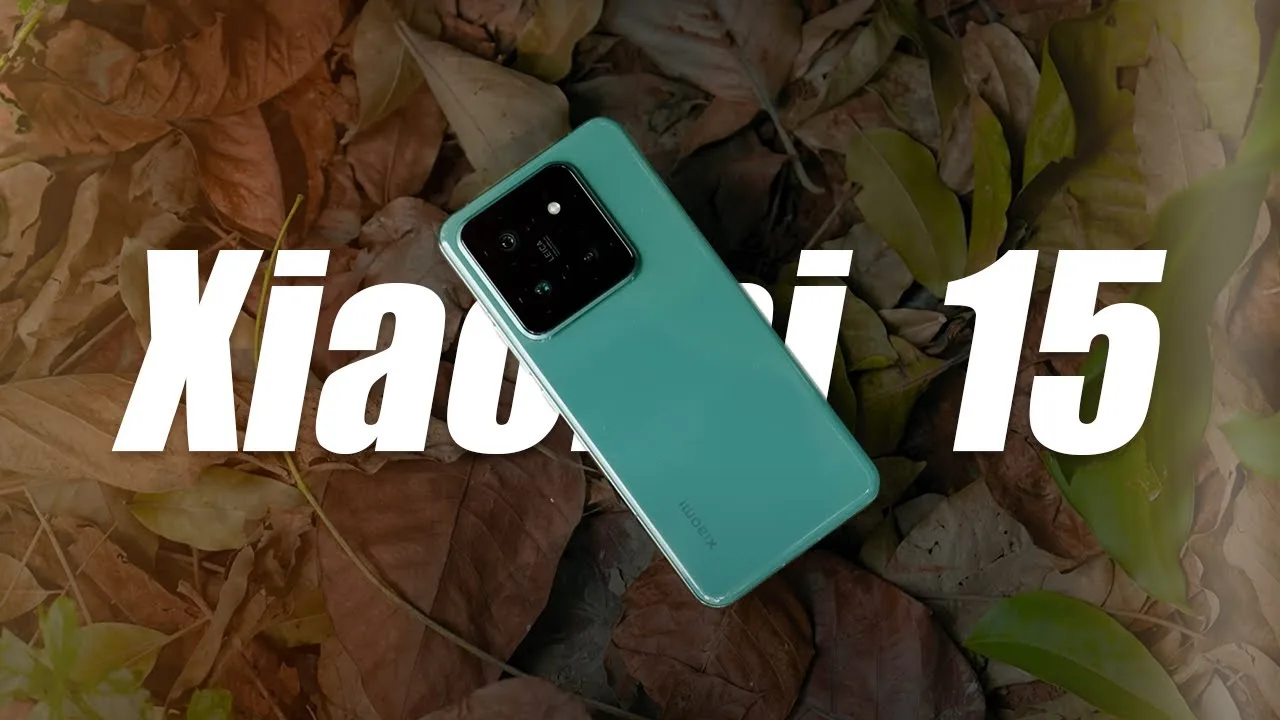Xiaomi 15S Pro vs Xiaomi 15 Pro: Xiaomi has launched a new flagship in its series—the Xiaomi 15S Pro—that brings some interesting changes to the earlier Xiaomi 15 Pro, though at first glance the two will seem identical. There are, however, important distinctions that distinguish them. Let’s examine how these two high-end smartphones compare when it comes to design, performance, and price.
Design and Display
When it comes to design and appearance, the Xiaomi 15S Pro does not differ that much from its predecessor. Both have a 6.73-inch 2K LTPO OLED curved screen. Both have the same 120Hz refresh rate, 3200 nits of peak brightness, and Xiaomi Ceramic Glass protection 2.0. Even the overall build size and form factor are very similar.
But where they differ is in color and finish. The Xiaomi 15 Pro comes in Rock Ash, White, Spruce Green, and Bright Silver, while the 15S Pro adds a Dragon Scale Fiber model and Far Sky Blue. The fiber version has a distinct texture on the back panel, which brings the phone a new look even though it shares an almost identical front.
Performance
This is where the biggest difference lies. The Xiaomi 15 Pro is equipped with Qualcomm’s flagship Snapdragon 8 Elite chipset, offering robust Android performance. On the other hand, the Xiaomi 15S Pro debuts Xiaomi’s self-developed XRing O1 chip. According to AnTuTu benchmarks, this in-house processor has managed to outperform the Snapdragon 8 Elite, making it a noteworthy achievement.
Both phones support up to 16GB LPDDR5X RAM and provide storage variants up to 1TB with UFS 4.0 technology. Their battery and charging infrastructure are also the same, with a 6,100mAh battery assisted by 90W wired and 50W wireless fast charging. Nonetheless, actual performance, power consumption, and thermal management of the XRing O1 under everyday usage remain unknown.
Pricing
Pricing is another place the Xiaomi 15S Pro has a minor advantage. The Xiaomi 15 Pro begins from 5,299 Yuan (approximately 735 USD) for the lower-end 12GB + 256GB version. The 16GB + 512GB and 16GB + 1TB versions are 5,799 Yuan (805 USD) and 6,499 Yuan (902 USD) respectively.
By comparison, the Xiaomi 15S Pro starts at 5,499 Yuan (763 USD) for the 16GB + 512GB version and rises to 5,999 Yuan (832 USD) for the 16GB + 1TB model. While featuring newer hardware, Xiaomi has launched the 15S Pro with a more aggressive price tag that could appeal to value-hunters seeking flagship capability.
Color Options Comparison
Color options tend to express a user’s personal preference. Although both devices are beautiful finishes, the Xiaomi 15S Pro goes for a cleaner look with its distinct fiber pattern. This is perhaps something that users who like a slightly premium feel without necessarily going for all-internals upgrades would enjoy.
Processor Switch and How It Affects
Introducing a proprietary chipset like the XRing O1 indicates Xiaomi’s move towards independence in hardware innovation. If the chip performs as promised, this could mark a shift in the Android flagship space, offering buyers an alternative to Qualcomm’s dominance.










